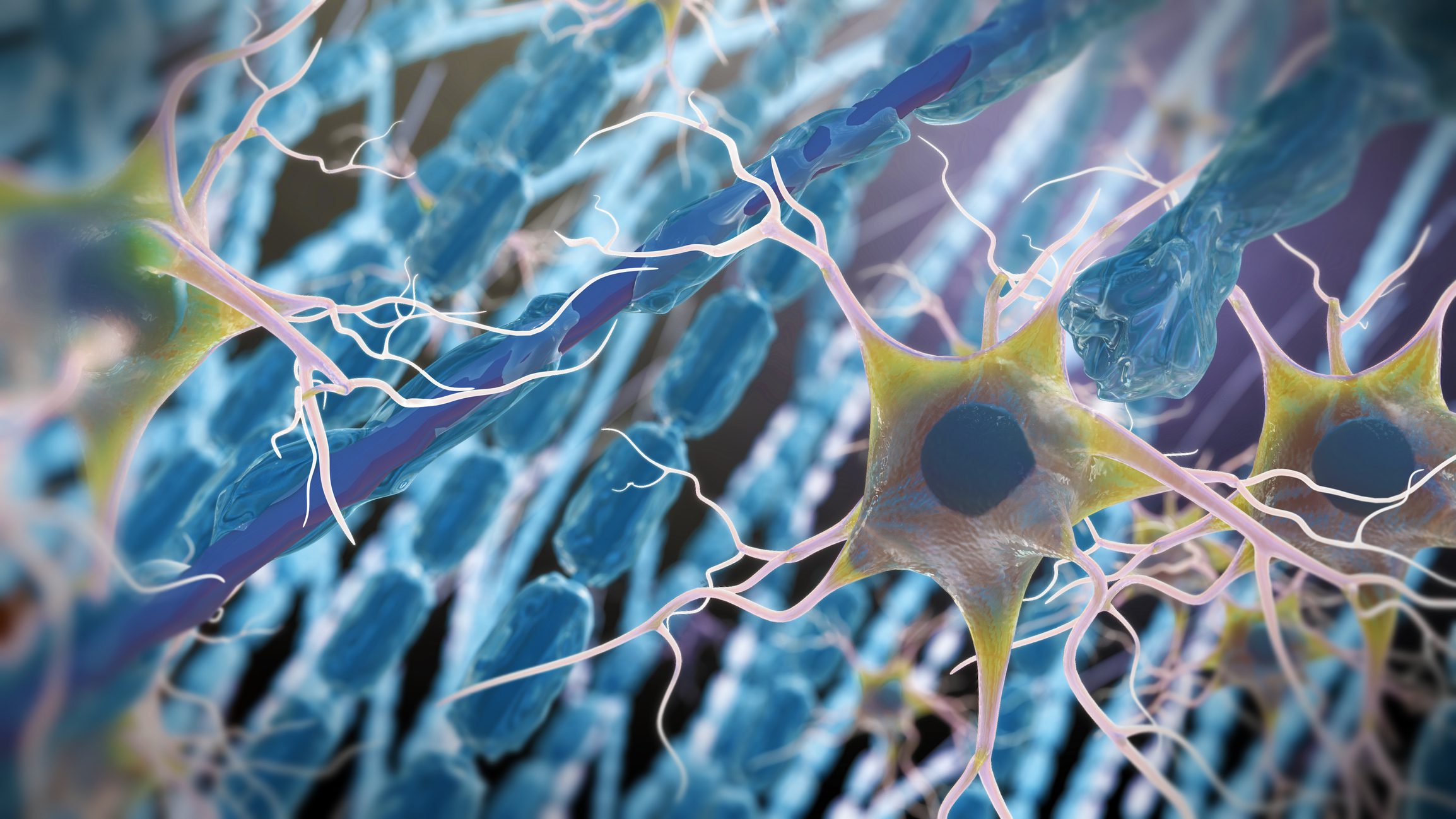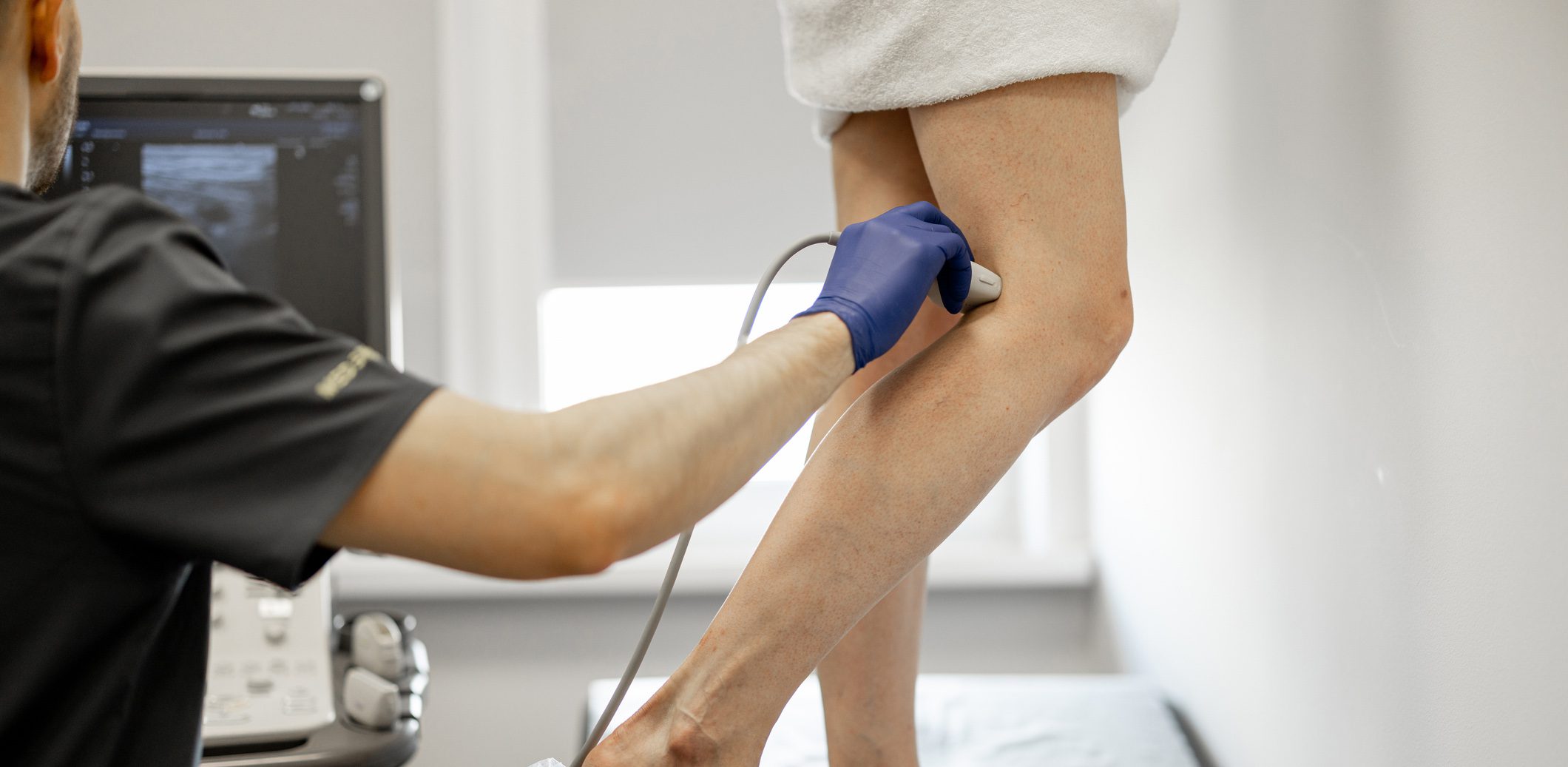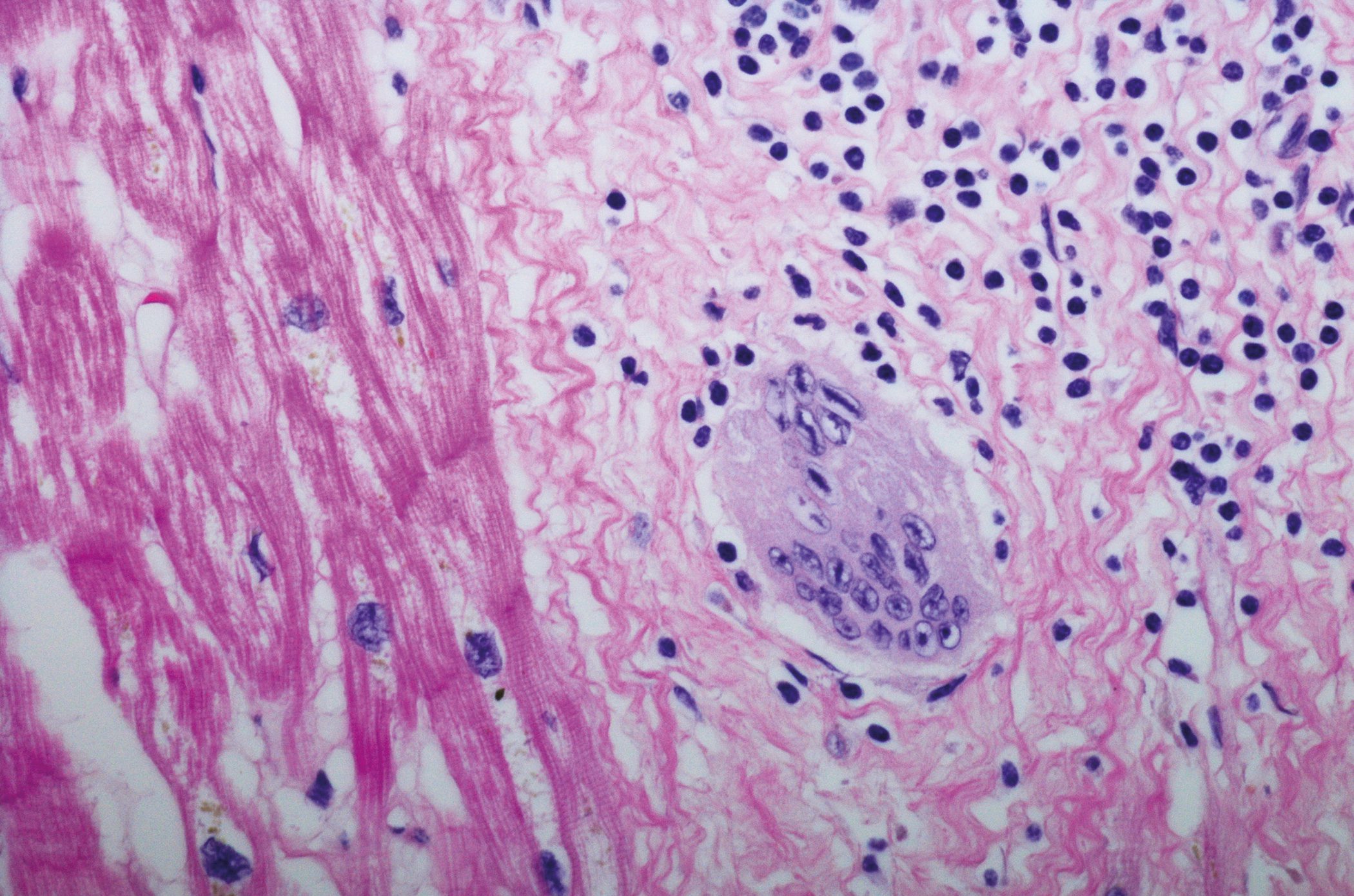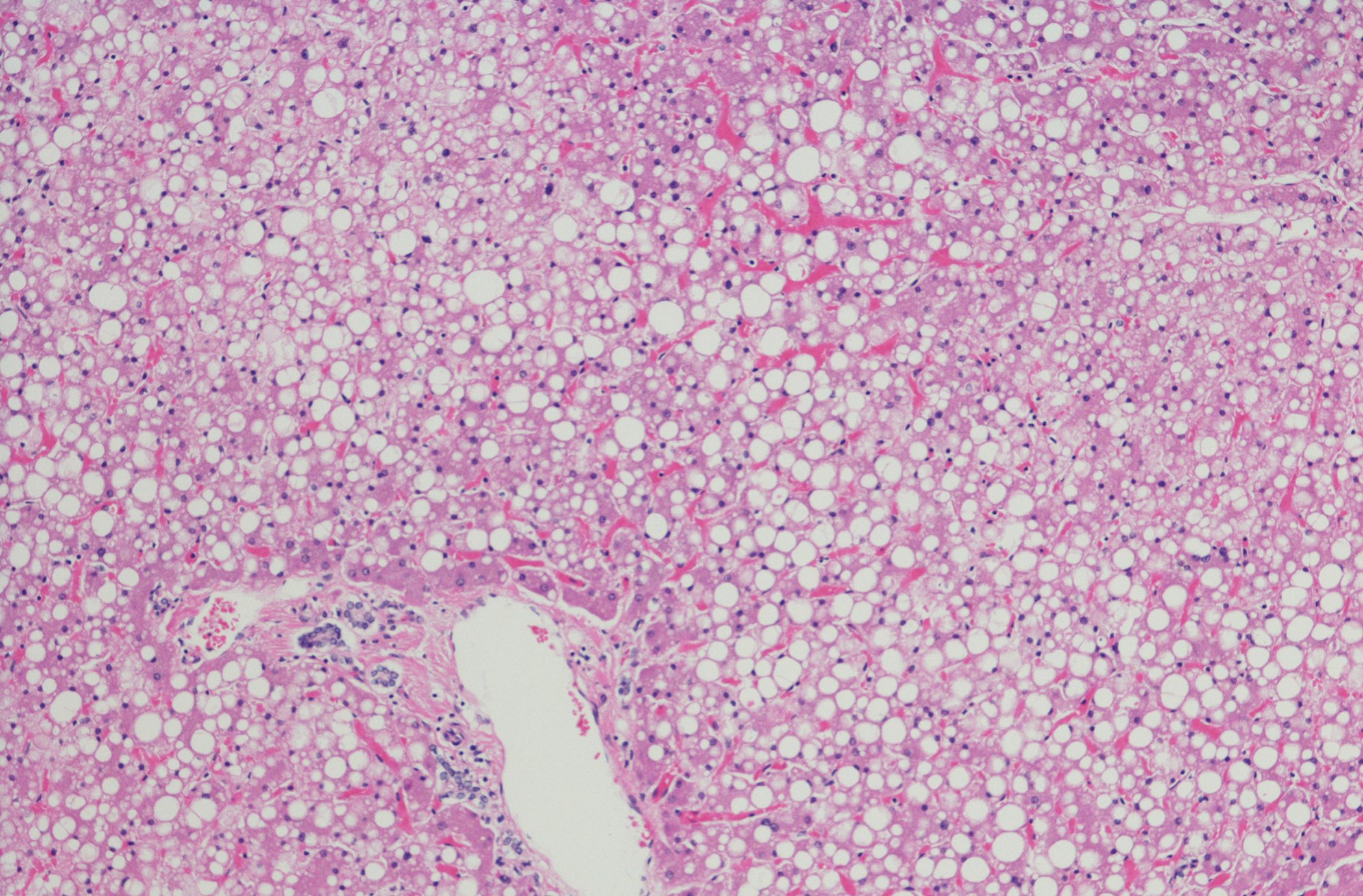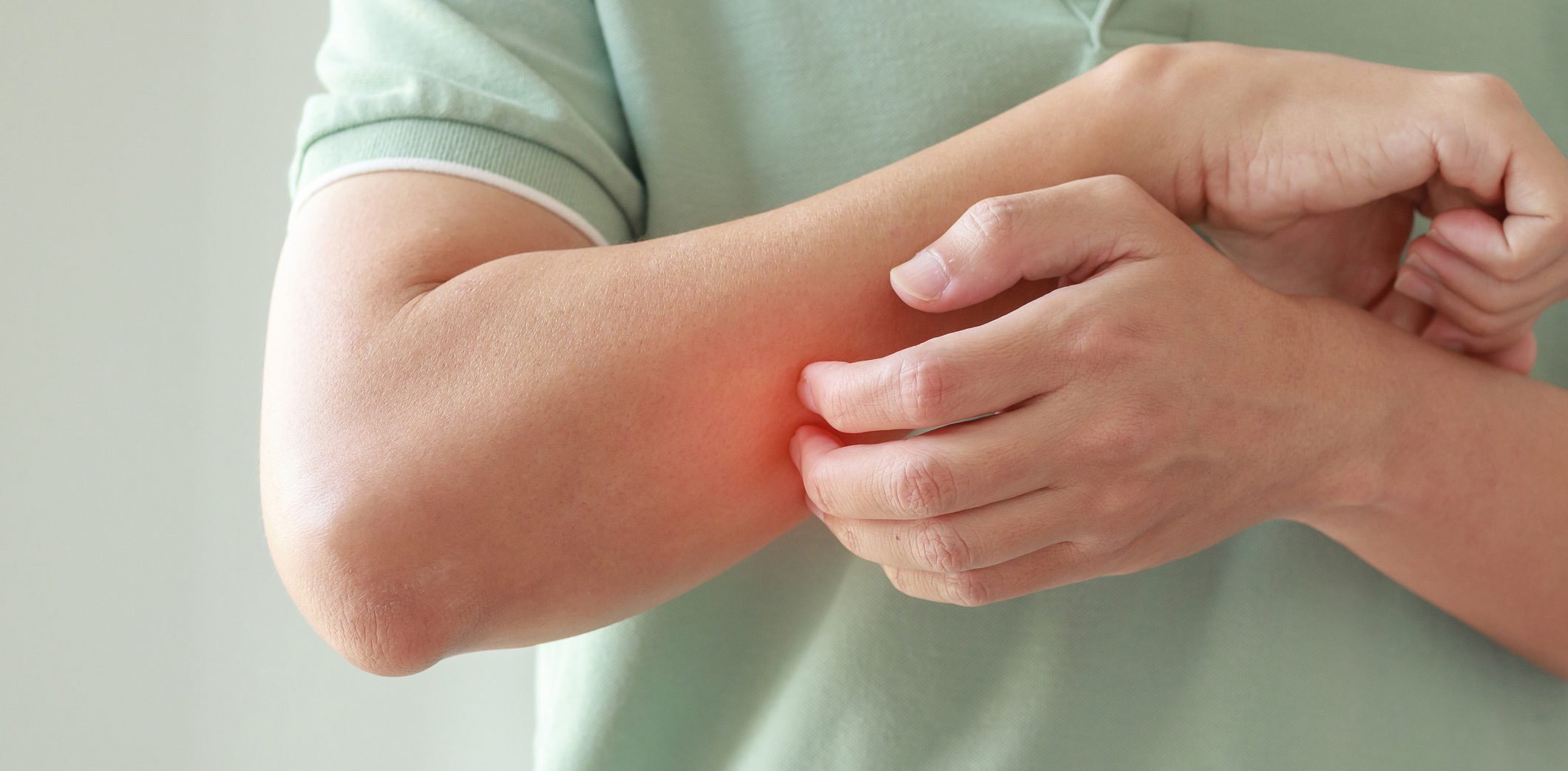The efficacy of Ginkgo biloba extract and donepezil in promoting cognitive performance has been empirically demonstrated. Individual studies also support the hypothesis that an additional benefit can be achieved through combined use compared with monotherapy. This is also indicated by the results of a recent animal study.
Human experimental data collections that have demonstrated a benefit of combined use of EGb 761® and donepezil compared to monotherapy in Alzheimer’s disease patients include the GINDON and ICTUS studies [1,2]. The former is a randomized exploratory analysis (n=96), and the latter is a prospective study (n=828 patients) [2]. Ginkgo biloba extract (EGb 761®) is a herbal medicine commonly used to treat cognitive impairment and dementia. In a meta-analysis, a significant superiority of EGb 761® was demonstrated in a placebo comparison with respect to alleviation of dementia symptoms [3]. Donepezil is an acetylcholinesterase inhibitor commonly used for the symptomatic treatment of mild to moderate dementia and has been shown to improve cognitive performance in people with mild to moderate AD according to the current S3 guideline of the German Neurological Society [4].
Animal experiment to study pharmacological interactions.
To analyze the pharmacokinetic and pharmacodynamic effects of the interactions of EGb 761® and donepezil, a Chinese research team conducted an animal experimental study [5]. For this purpose, 70 Wistar rats were randomized into 7 groups of 10 experimental animals each. In the intervention arm, amnesia was induced by intraperitoneal injections of scopolamine 1 mg/kg. The placebo group received injections of a saline solution instead. The clinical doses of donepezil (5-10 mg/60 kg bw/d, once daily) [6] and EGb 761® (240 mg/60 kg bw/d, 3× daily [7] were adjusted following the FDA [8] recommended “human-to-rat-scale-factor” of 6.2. Accordingly, donepezil was applied at a once-daily dose of 0.5 mg/kg and 1.0 mg/kg, respectively, and EGb 761® was applied at a thrice-daily dose of 8.27 mg/kg in the rats with scopalamine-induced amnesia.
|
Combination therapy enhances procholinergic and antioxidant effects To analyze the mechanisms of action of the combined use of donepezil and EGb 761® as well as the respective monotherapies, the activity of acetylcholinesterase (AChE) and two markers of oxidative stress, superoxide dismutase (SOD) and malondialdehyde (MDA) were measured in rat brain preparations [5]. Scopolamine-induced amnesia was accompanied by a significant increase in activity of AChE and MDA, and decreased activity of SOD in the placebo comparison (p<0.001). Donepezil resulted in attenuation of scopolamine-induced increased AChE activity and decreased SOD activity. This indicates both procholinergic as well as antioxidant effects on scopalamine-induced cognitive impairment, which is consistent with findings of previous studies in animal models [10]. Moreover, it was demonstrated for the first time that EGb 761® is also associated with attenuation of both scopolamine-related activity of AChE and increased oxidative stress levels. Examination of the various subgroups in the intervention arm reveals the following: Rats treated with donepezil plus EGb 761® exhibited significantly lower AChE activity compared to those receiving the respective single compounds (p<0.05). This suggests that combination therapy could lead to a synergistic effect on procholinergic and antioxidant activities, according to the authors [5]. Moreover, experimental animals treated with high-dose combined application of donepezil and EGb 761® exhibited significantly lower AChE activity compared to those receiving low-dose drug combination (p<0.05). |
EGb 761® and donepezil improve hippocampus-dependent learning
The Morris Water Maze test is a commonly used paradigm to study hippocampus-dependent spatial learning in laboratory rats [9]. The test animal swims in a tank filled with water and is supposed to find a platform installed just below the water surface based on orientation markers placed in the room. The post-intervention test is performed without a platform. Here, the time the animal spends in the target zone where the platform was previously located is measured, which serves as a measure of spatial learning and memory.
In the present study, there were no significant group differences at day 1 (p>0.05), but from day 2 onward, scopolamine-manipulated rats exhibited significantly longer latency compared with the placebo group (p<0.05). In the course of the study, however, this decreased significantly after the use of donepezil or EGb 761® as well as the combined use of both active substances (p<0.001). At day 5, latencies were similar with combination therapy compared to placebo (p>0.05) and significantly lower compared to respective monotherapy (p<0.05). This indicates that the combined use of donepezil plus EGb 761® has an additional benefit in terms of improvement of memory functions compared to the use of the respective single substances. This effect seems to be dose-dependent, higher dosage resulted in shorter latency, but this difference was not statistically significant (p>0.05).
To analyze the pharmacological mechanisms of action, the activity of acetylcholinesterase and two markers of oxidative stress were measured (box) .
Literature:
- Yancheva S, et al: Aging & Mental Health 2009; 13(2): 183-190.
- Canevelli M, et al: Phytomedicine 2014; 21: 888-892.
- Gauthier S, Schlaefke S: Clinical interventions in aging 2014; 9: 2065-2077.
- DGPPN/DGN: S3-Leitlinie “Demenzen”, 2016, long version. www.awmf.org, (last accessed 22.06.2021)
- Zhao J, et al: Journal of Ethnopharmacology 2021; 269, https://doi.org/10.1016/j.jep.2020.113711
- FDA: www.accessdata.fda.gov (last accessed 06/22/2021)
- European Medicines Agency: www.ema.europa.eu/en (last accessed 22.06.2021).
- FDA: https://www.fda.gov (last accessed 22.06.2021)
- Morris RGM: Journal of Neuroscience Methods 1984; 11(1): 47-60.
- Qu Z, et al: J Agric Food Chem 2017; 65 (2): 291-300.
HAUSARZT PRAXIS 2021; 16(7): 33
InFo NEUROLOGY & PSYCHIATRY 2021; 19(5): 42.
InFo PAIN & GERIATry 2021; 3(2): 44.






